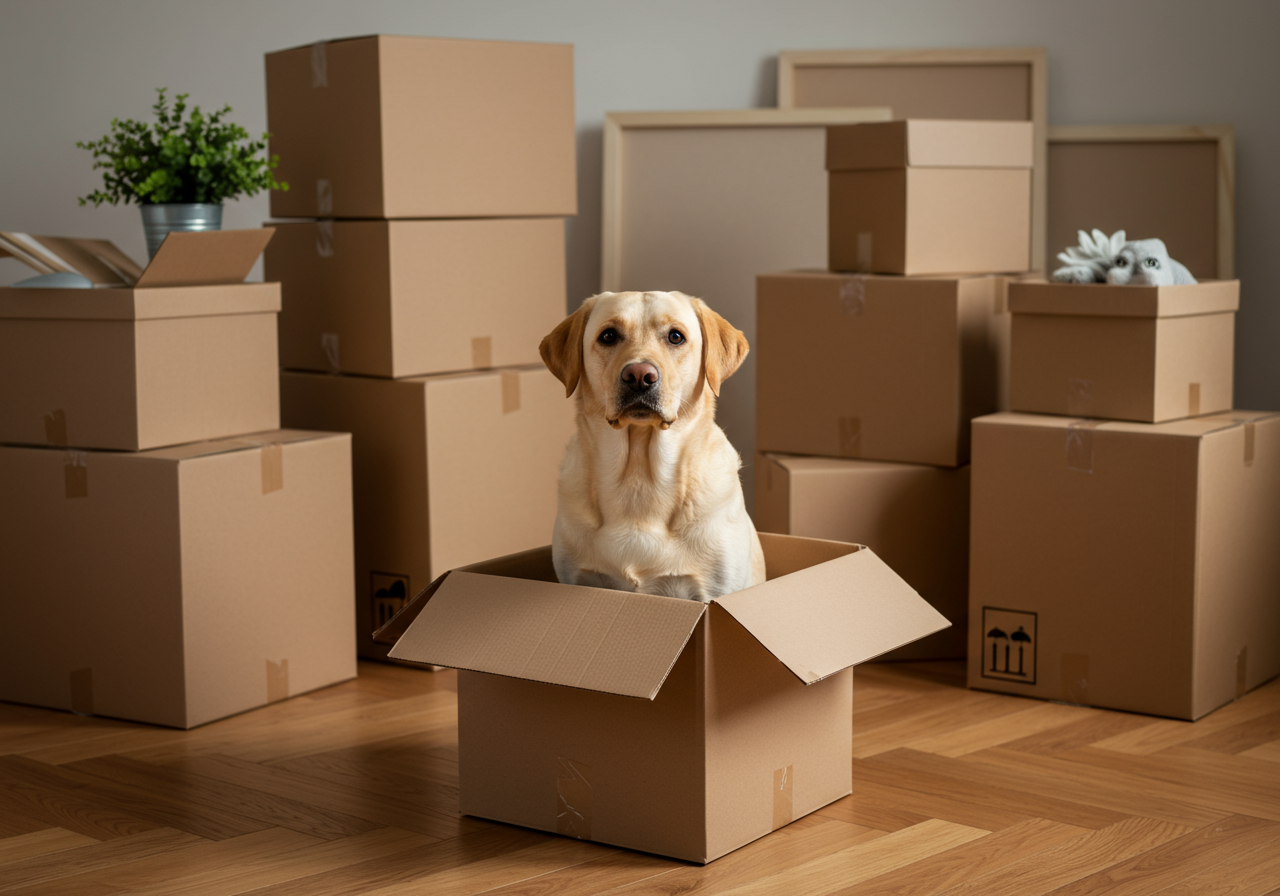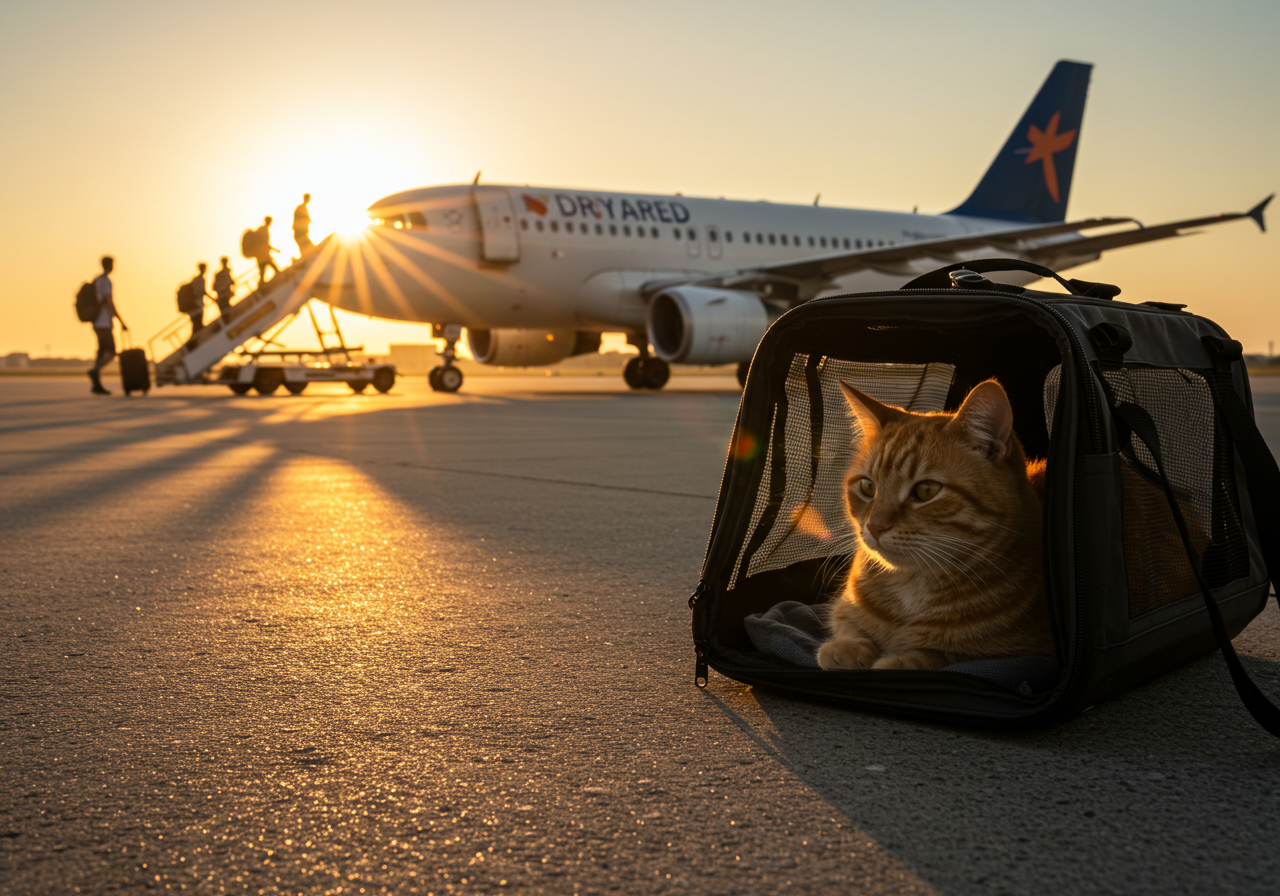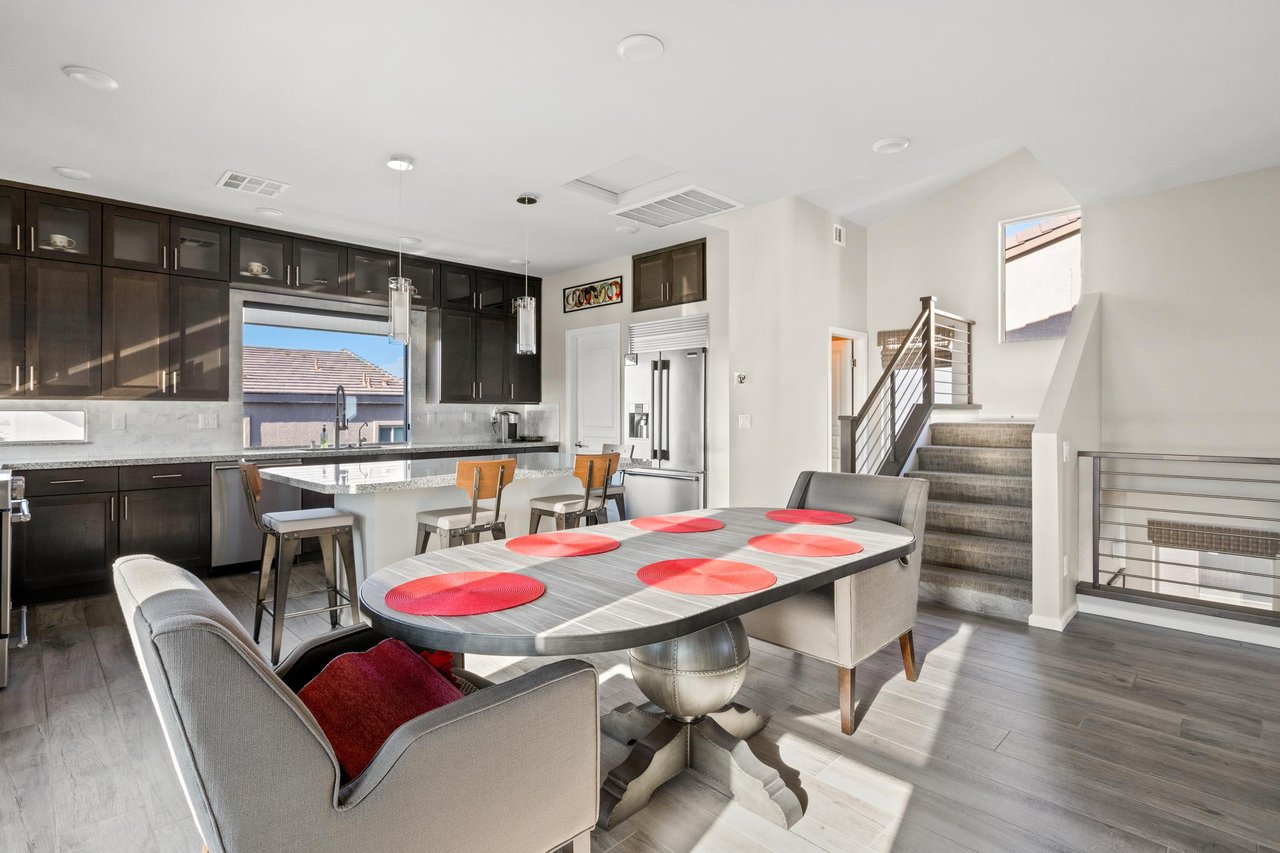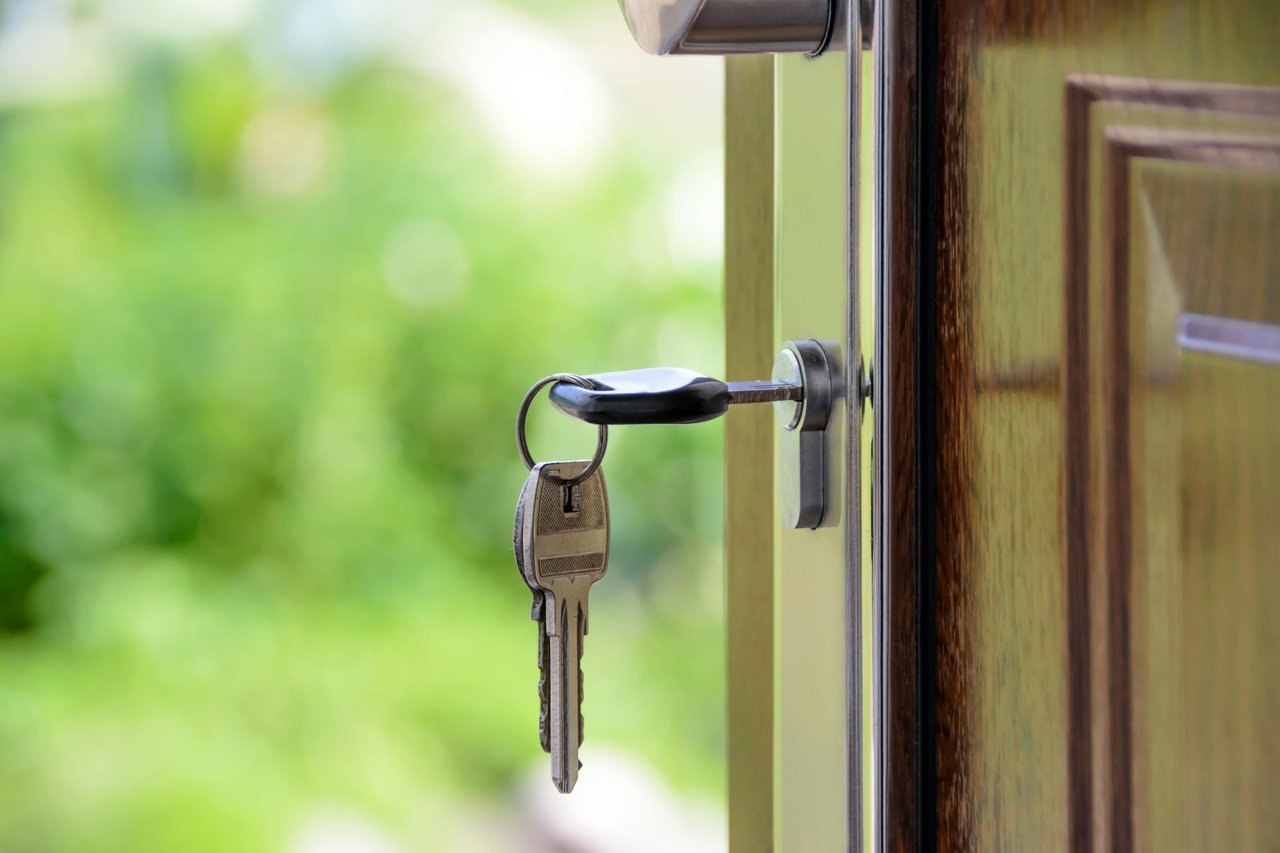So, you're starting a new chapter and moving to a new home with your furry friends. Moving itself can be a big task, but when you're moving with pets the task becomes even bigger with several more considerations in play to make sure your pets safe for the big trip. Not all pets require the same preparation or plan for a move. But, there are things you can do to ensure it goes smoothly for any of your animal companions. This blog will help you better understand the steps you need to take to: prepare for the moving process and moving day. Read on for our helpful tips.
Checklist for Moving with Your Pet
There is a lot that goes into moving your furry friend. If it's a few homes down the block or to a whole new state it can be a challenge. Below is a basic list you can use to get ready for moving with pets:
-
Visit the Veterinarian:
-
Schedule a visit to the vet for a health check-up and ensure your pet's vaccinations are up-to-date. If necessary get another a few weeks after you've arrived at your permanent location after they've settled a bit.
-
-
Update ID Tags and Microchips:
-
Ensure your pet has a collar with updated ID tags containing your contact information and new address. Better yet, microchip your pet and keep that information current.
-
-
Research Pet-Friendly Housing:
-
All pet owners, when moving to a new home or apartment ensure it's pet-friendly. Some places may have additional fees and it's essential to plan for that weeks prior.
-
-
Plan for Travel:
-
Decide on the mode of transportation for your pet. Are they going in a carry on or cargo hold for air travel? Or are they simply going in the back seat? Pro-tip for cat owners: You will have to take them out of the carry on for TSA then back in the carrier again.
-
If you're taking a road trip with a dog plan for frequent bathroom breaks.
-
-
Pack Essential Supplies:
-
Pack enough food, water, and treats for the journey and a few days after arriving at your new home so if their stuff is still in boxes your pet will still have familiar objects in unfamiliar surroundings.
-
-
Prepare a Travel Kit:
-
Assemble a travel kit or overnight kit including a leash, collar/harness, waste bags, food bowls, medications, paper towels, grooming tools, and first aid kit.
-
-
Acclimate Your Pet to the Carrier:
-
If your pet will be traveling in a carrier, introduce them to it gradually before the move. In other words, treat bribery might be good when it comes to pet moving!
-
-
Arrange for Pet Care During the Move:
-
If necessary, arrange pet relocation services if that's the best choice for you.
-
-
Update Pet's Information:
-
Update your pet's information with your new address and cell phone number.
-
-
Create a Safe Space in Your New Home:
-
Set up a designated area in your new home where your pet can feel safe and secure while adjusting to the new environment.
-
-
Establish a Routine:
-
Once you've settled into your new home, establish a routine for your pet including feeding times, walks, and playtime.
-
Prepare Your Pets Ahead of Time
In the weeks leading up to the journey ahead to your new neighborhood there are things pet owners can do to prep. One of the first things is to get your pet's health certificate, rabies vaccination, and general overall health in check. If you have exotic pets like feathered friends then think about the new climate and what they'll need to thrive.
Furthermore, a new vet will also be necessary if you're traveling significant distances. The old vet may no longer be accessible to you. Time to go shopping for a new vet close to home!
Are you traveling via car with the moving truck behind? Then if you or your pet have car sickness get the medicine ready for both of you. That way you're not trying to manage your pet's motion sickness alongside yours as you're rolling down the road. Plan for potty break pit stops, food breaks, playtime, and more.
If you're traveling by plane things are a little bit more complicated. Your pet {such as skittish dogs or cats} may require medication to get through the trip calmly -- consult your vet to see if that's necessary. For larger animals additional fees may have to be paid to the airline. Your furry family member will likely have to be taken out of their carrier, held in a separate room for the carrier to go through TSA, and then put back in.
As you're packing up the house, moving boxes will run rampant. However, pets are intuitive and know that something big is happening. Nothing is in its usual place, loud noises are frequent, and their usual familiar surroundings aren't so familiar anymore. Being there for them emotionally as a pet owner is essential as things start to ramp up to keep your pet calm.
During The Move
Yay! Moving day is finally here! You've packed up all of your stuff, gotten ready to transport pets, and the entire family is ready to go. Hopefully you've done the prep work mentioned above 👆! Start by finding them a cozy spot away from the hustle and bustle of movers and boxes. Make sure they've got their usual food, water, and a comfy bed to snuggle in. You may need to put them in a separate room away from all the chaos.
Scroll up to learn more details about traveling by car or plane with your pets. If it's plane, train, or automobile, we've got a plan.
Creating A Stress Free New Environment
Gradually introduce them to the new space slowly to reduce stress. Most pets, especially cats, have a hard time adjusting to a new house. Getting back into the normal routine of things will take time, but that's only natural for an animal in a new space. Especially if it has less or more square footage.
Start by confining them to a single room or area of the house initially, providing familiar items that they have a positive association with like their bed, favorite toys, and kitty litter box. This helps create a safe and secure environment where they can gradually acclimate to their new surroundings without feeling overwhelmed.
Once they seem comfortable in that space, gradually expand their access to other areas of the house. Allow them to explore at their own pace, keeping an eye on their behavior for signs of anxiety or distress.
Maintaining a consistent routine can also help pets adjust more quickly. Stick to regular feeding times, play sessions, and interactions to provide a sense of stability and familiarity.
Remember, patience is key during this adjustment period.








